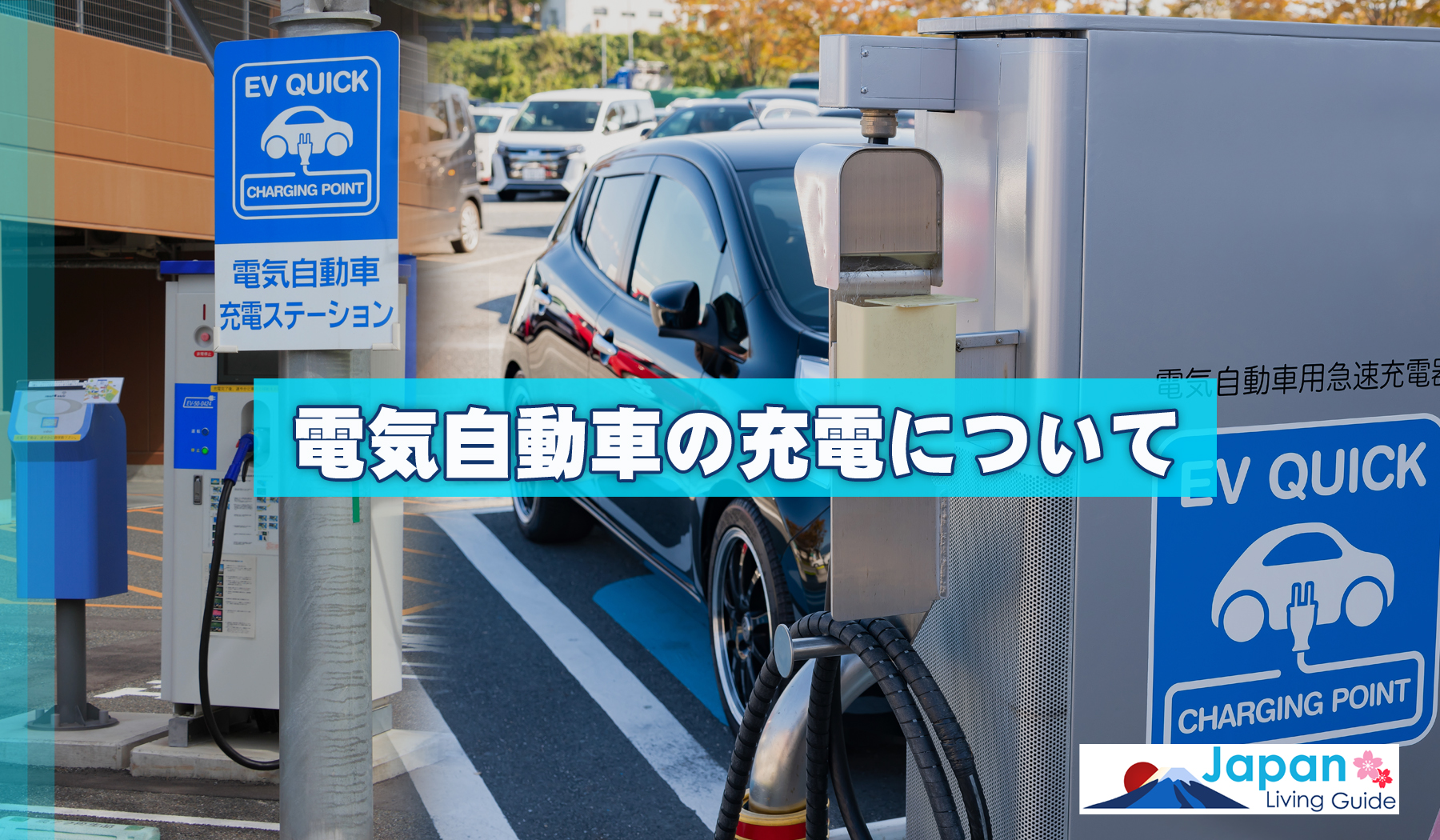東京都品川区で鮫洲試験場一発試験合格率NO1の実績!格安ペーパードライバー
出張教習は品川ドライビングスクールにお任せ下さい!
東京都公安委員会届出自動車教習所
品川ドライビングスクール
東京都品川区北品川5-3-1パークシティ大崎ザ・タワー
Where can I charge my electric car? How can I charge it at home?

Sales of electric vehicles are increasing as environmental awareness increases. The Japanese government has also set a goal of ``achieving 100% electric vehicle sales for new cars by 2035,'' so it is expected that the number of electric vehicles sold will continue to increase in the future. This time, we will explain where you can charge your electric car and how to set up a charging facility at home.
1. Places where you can charge your electric car
The number of charging locations is rapidly increasing, and there are over 21,000 locations nationwide (as of the end of March 2022). Facilities with charging equipment include parking lots of public facilities such as airports and city halls, large convenience stores, commercial facilities, accommodation facilities, coin parking lots, roadside stations, and expressway SA/PA.
Convenience stores, roadside stations, SAs, PAs, etc. are equipped with quick chargers that can charge in a short time, but in facilities where you park for a long time, such as lodging facilities, it takes about 8 to 14 hours to charge. It seems that such a normal charger is often installed. You can also charge for free at some car dealerships and commercial facilities. However, depending on the facility, it may be free with conditions, so we recommend that you check before using it.
The following mark is posted at charging facilities.
You can search for charging facilities on the website below.
Fast Charge Map: https://www.chademo.com/#map
On the site below, you can specify and search for facilities where you can charge for free. (only Japanese)
GoGoEV: https://ev.gogo.gs/
You can also check the location of facilities equipped with chargers and charging fees using the latest version of Yahoo! MAP's app. (only Japanese)
2. How to set up a charging facility at home?
Electric cars can be charged by plugging the normal charging cable that comes standard with the vehicle into an electrical outlet, but installing a charging outlet at home is electrical work and requires a "Class 2 Electrician". The above qualifications are required. As this work requires specialized skills, please be sure to hire a qualified contractor.
The cost will vary depending on whether you want to install the outlet on the wall or a stand type, the status of your home's distribution board, and the distance from the distribution board to the outlet you are installing, but it is approximately 4. It seems to be around 10,000 to 120,000 yen. However, if you choose a high-performance product that can charge twice as fast, it may cost more than 200,000 yen.
Prices vary depending on the construction company, so we recommend that you request on-site surveys from multiple construction companies and have them prepare estimates. At that time, the key points to consider when deciding on a construction company are whether there is a detailed explanation of costs (such as a breakdown of work included in the basic price and work that requires an optional fee), and whether there is a solid warranty and after-sales service.
*In the case of a rental property, it is necessary to obtain permission from the lessor for installation before starting construction. It is also necessary to discuss in advance the proportion of construction costs to be covered and whether restoration work to its original condition is necessary.
3. Summary of charging methods for electric cars
The number of charging facilities has increased, making it easier than ever to charge on the go. You can also save money by using free charging locations.
On the other hand, if you install charging equipment at home, it will cost more to install, but you will be able to charge at any time you like without having to wait in line, and you can save money if you choose a good plan such as late-night electricity. Masu.
As electric vehicles continue to spread, it is expected that the number of charging facilities will continue to increase. The number of condominiums that are equipped with parking lots with charging facilities is also increasing. The cost of installing electric vehicles in ordinary households may also come down, so we can expect that society will become more accessible to electric vehicles.





